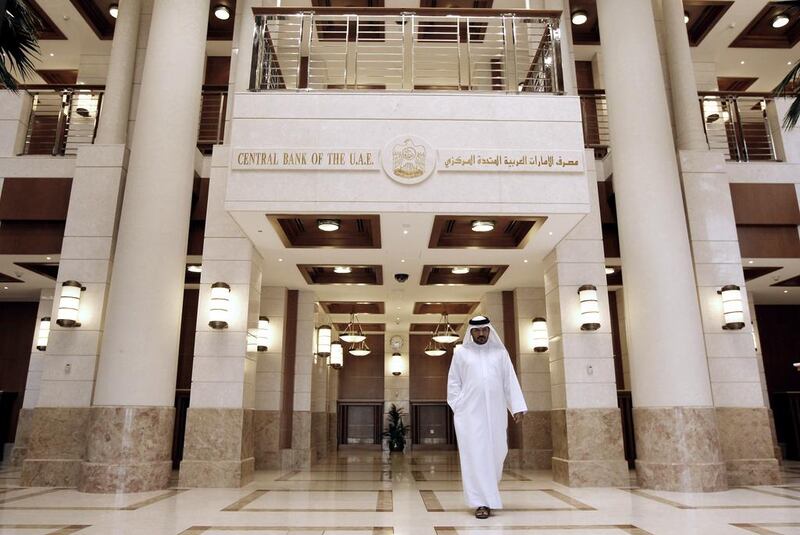The Central Bank of the UAE has put in place a new way of calculating the UAE Interbank Offered Rate, or Eibor, that will bring about more accurate and transparent pricing in the way interest rates are used by banks to price everything from mortgages to car loans. It also comes as regulators the world over tighten oversight of rates in the wake of the Libor scandal when some banks manipulated rates for their own benefit.
A central bank spokesperson confirmed the new calculation started on Sunday.
“We see it in the context of the move globally, in terms of setting benchmark rates, regulators are moving to an area instead of banks giving an approximate of what they think but based on actual transactions,” Bilal Khan, Dubai-based senior economist at the emerging market specialist bank Standard Chartered said.
“So in that way I think it just increases transparency around benchmark interest rates.”
_________________
Read More:
[ Why the Eibor is trading below the Libor ]
[ UAE central bank withdrawal of excess cash from banking system signals recovery, analysts say ]
_________________
The Libor, or London Interbank Offered Rate, rigging scandal erupted in 2012 when authorities in the United Kingdom and the US began investigating interest rate manipulation that implicated some of the world’s biggest banks including UBS and Barclays, both of which were subsequently fined. Since then central banks have increased oversight of the way benchmark rates are calculated by banks. At the same time, in the UAE, a more transparent method calculating Eibor is likely to give those who want to borrow and those who want to lend more confidence in doing so. This is especially timely as credit growth remains lacklustre in the wake of the three-year oil slump.
A spokesman for Thomson Reuters, the news and information provider, confirmed that as the official calculation agent it went live with the new Eibor on Sunday. A panel of eight banks will contribute initially to Eibor and the rate will be based on Reuters’ methodology procedures aligned to the International Organisation of Securities Commission Principles for Financial Benchmarks, Thomson Reuters had said in a March statement.
“The UAE has seen significant development and growth in their financial markets in recent years,” said Nadim Najjar, Reuters managing director for the Middle East and North Africa, said at the time.
“This appointment reinforces Thomson Reuters commitment to working with UAE financial institutions to develop market infrastructure, ultimately increasing transparency, building greater confidence amongst investors and regulators, and ensuring strong governance processes."
Before Sundays change, the Eibor rate was reported by 10 banks and fixed at an average rate that excluded the two highest rates and the two lowest rates. Banks lend to each other on an overnight, one week, one month, three-month, six-month and one-year basis.
Abdulaziz Al Ghurair, the head of the UAE Banks Federation and chief executive officer of the Dubai-based lender Mashreq, said in March that the previous pricing of longer term interbank rates did not really reflect real rates because the majority of lending between banks is for periods not more than one month.
“In the past, it was a little old-fashioned and the Eibor pricing was using the interbank rate,” he said. “The new mechanism, which the central bank has approved, will be used as the cost of deposits that banks are having and a big element of that is the incremental cost of deposits because we discovered that the interbank rate, 90 per cent of the interbank is one month or less. No bank will lend to another bank for six months. So it is a fake mechanism used to stipulate the cost of interbank.”






